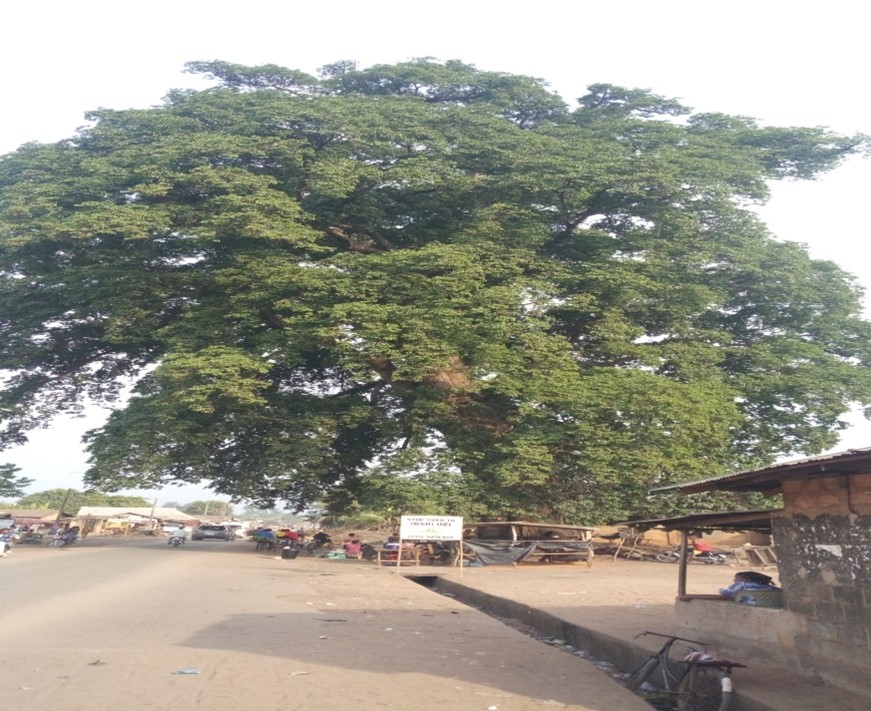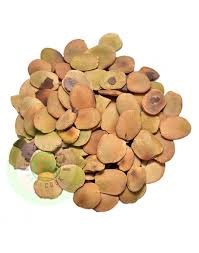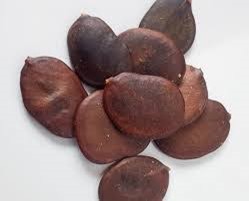
TABLE OF CONTENT
INTRODUCTION
It survived the First World War of 1914-1918, and the Second World War, of 1937-1945. Federick Lugard and his soldiers saw it around 1939 as it made its way from the Oguta hinterland via Obudi, Agwa to Douglas Road, Owerri. Uzi, also, outlived the bombardments of the Nigerian Soldiers during the Biafran Civil War.
Our forefathers traded and had village assemblies under it, it serves as a sure habitat for migratory birds, from faraway regions, and till now, it still stands in its natively shady and breezy nature with great nostalgia. Uzi tree, heralds history nature, and life.
LANDMARK OF UZI TREE
The landmark Uzi-Achi Tree otherwise known as “Uzi” is a deciduous historic Tree very tall in everything.
It is estimated to have existed for over 1000 years, making it the oldest in Imo State after Uko Tree, one of its kind which fell during a heavy downpour around Thursday night, 16 May 2013 in Umudagu Mbiere, a clan in Mbaitolu Local Government, Imo State.
Obudi, used to have two big trees standing within the neighborhood. One is called the Uburu tree, (which produces edible fruit very healthy for pregnant women) standing on the left side of the road, while coming from the Owerri axis or Ogbafor Market Square and on the right side of the road, when coming from Egbema viz-a-viz Uzi-Achi tree. These trees are beyond cultural, economic, and vegetative significance. Unfortunately, the Uburu was cut down for electricity connection in 2013.
Uzi is a species of deciduous tree. It sheds its leaves from November and December (autumn) in other to retain water and energy during winter when photosynthesis is low. It begins this process gradually from the end of November and fast-tracks it around the 18th to the 20th of December of every year as it grows new leaves before Christmas Day (25th December). The new look provides wonderful optics of nature and vegetation for travelers during this period, particularly southern travelers.
THE SIGNIFICANCE OF UZI TREE
The significance of the new look of the Uzi-Achi Tree to parents and children is, “Hey, the Christmas season is here with us, my family should look just like Uzi is looking!” Secondly, migratory birds return to their nest as a sign of winter.
Uzi is a Tree like no other! It is economically viable and produces seeds known as “Achi.” Achi is very rich in protein and iron and it is used for thickening soup. However, Achi soup is popularly relevant in the food diet of the Southern and Eastern parts of Nigeria. Although, so many Northern Nigerians also eat Achi soup, not as the native owners of the soup thickener do.

Achi is brown with a less cumbersome process. Before one can use it to cook, first of all, fry the dried seeds; soak them in clean water for a maximum of three days, peel off the black shells; then you could either pound or grind them to prepare a meal called “Achi Soup.

Furthermore, Uzi is a hardwood tree that is sought after in Timber Markets. It is a tree with roomful shades stretching about 30 by 20 square meters that serves as a relaxation/recreational center for neighborhoods.
It is very important to note here that even though members of the neighborhood sell some articles of trade mainly foodstuff, due to the thickness of the shades, the entire Uzi tree is very breezy and cool anytime any day. in addition, the Uzi tree withstands wind storms when it rains, and anyone under the tree whenever it rains, hardly gets drenched until about three to five minutes, except in the case of heavy rain.
Again, Uzi Tree provides a seasonal game for children called, “We-ikoi” We-ikoi, is a game of two persons. It helps children to develop qualitative, quantitative, and cognitive knowledge and intelligence.
It is a predicting game/play whereby, an opponent who is holding a row of the seeds in encircled pots; a maximum of seven pots per and a minimum of one pot per row will be asked to predict how many pots are in the row he or she is holding. If the person gets it correctly, he or she will be given exactly the number of the pots predicted and if the person fails, the predictor will count the number of the pots and give them to other opponents; as the predictor will take its turn for the other opponent to predict. The fun is memorable and educational.
Sequels to this, Eight Villages in Obudi, are named after the Uzi as a mark of identification administratively and politically. The villages are Umushim, Umuahii, Umuoma, Umuorinji, Umuezoka, Umudeodo, Umuogbadara, and Aham to make it 8 villages that make up Uzi.
At the individual level, names like “Uzi gboo ya dika onwula” (If Uzi sheds its leaves, it looks as if it is dead, Uzi does not die), are more than historic. It is on record to note that in the over 500 years of the Uzi Tree, none of its branches has fallen on any seller or passerby to date. This is why it is dubbed, “Uzi Obioma (Uzi, the loving Tree) or “Uzi Nna anya” (Uzi, our father).
Ideally in Obudi and by extension, the Agwa Clan, Uzi is revered as an epicenter of social activity. Every serious issue of communal importance is been discussed under the Uze Tree.
For instance, Obudi Agwa who has transitioned into two royal stools, the Late Eze Okata Omere Igbo I and Eze (Dr.) Ignatius Asor, the Udi I of Obudi, all had community discussions or debates at the Uzi tree including the memorable Obudi Day Celebration of 26 December annually.
Furthermore, during burial celebrations, mourners within Obudi rarely bury their dead without coming to Uzi in a motorcade. This includes other parts of Agwa in some sense especially, if the bereaved maternal or paternal homes are from Obudi.
Again, the masquerade festival is one of the biggest in the Agwa clan, during this period, it is very difficult to see any villages in Agwa that sponsored a “Big Masquerade without being attracted to Uzi, as a melting cultural point with masculine zest and bravado.

CONCLUSION
As a reader, who may be curious and automatically recollected by the wonderful stories of the Uzi tree, first, as the oldest tree in Eastern Nigeria, second, as a tree that provides good economic benefits, and of course, historic, a visit to Obudi, Agwa, in Oguta Local Government Imo State, Nigeria, would clear your doubt but not limited with tourist in sight and leisure.
Uzi is a tree like no other!
John Mbonu Uchenwoke-Ekperechi writes from the University of Nigeria.



This is very wonderful and articulated hence it recalls old good days in Uzi while still a child and adult.in addition you can not come to Uzi layout from another village and make unfavorable pleasant attitude and just go free no matter what.
Finally umushiem is not among Uzi layout rather umuogbdara Uzi.I stand for correction and am from umuogbdara Uzi now Uzi layout is called Ajegunle when it comes to fight and unity as one.
Thanks
No place like home,uzi layout all the way